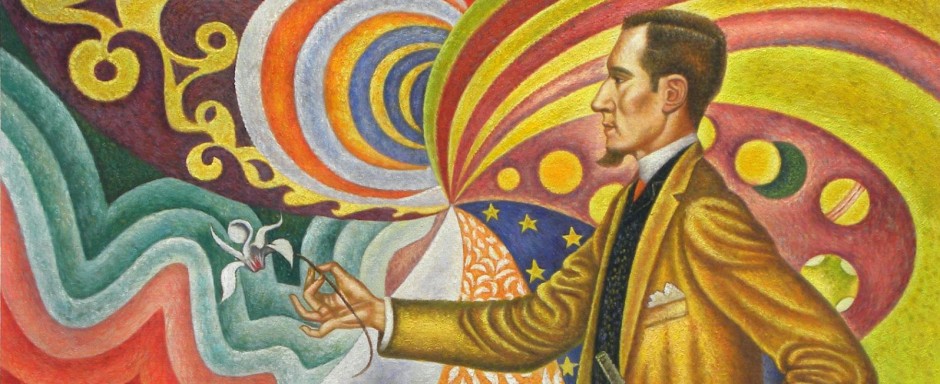[Update : see also Bill van Auken, Jeane Kirkpatrick: from “social democrat” to champion of death squads, WSWS, December 12, 2006 | Waving of beret: Michael Berrell]
First Milton Friedman, now Jeane Kirkpatrick : 1926 — 2006.
The crucifixion of El Salvador : Noam Chomsky, What Uncle Sam Really Wants, 1993
For many years, repression, torture and murder were carried on in El Salvador by dictators installed and supported by our government, a matter of no interest here. The story was virtually never covered. By the late 1970s, however, the US government began to be concerned about a couple of things.
One was that Somoza, the dictator of Nicaragua, was losing control. The US was losing a major base for its exercise of force in the region. A second danger was even more threatening. In El Salvador in the 1970s, there was a growth of what were called “popular organizations” — peasant associations, cooperatives, unions, Church-based Bible study groups that evolved into self-help groups, etc. That raised the threat of democracy.
In February 1980, the Archbishop of El Salvador, Óscar Romero, sent a letter to President Carter in which he begged him not to send military aid to the junta that ran the country. He said such aid would be used to “sharpen injustice and repression against the people’s organizations” which were struggling “for respect for their most basic human rights” (hardly news to Washington, needless to say).
A few weeks later, Archbishop Romero was assassinated while saying a mass. The neo-Nazi Roberto d’Aubuisson [1944 — 1992] is generally assumed to be responsible for this assassination (among countless other atrocities). D’Aubuisson was “leader-for-life” of the ARENA party, which now [1993] governs El Salvador; members of the party, like current [1989 — 1994] Salvadoran president Alfredo Cristiani, had to take a blood oath of loyalty to him.
“When the church hears the cry of the oppressed it cannot but denounce the social structures that give rise to and perpetuate the misery from which the cry arises.” — Óscar Romero
Thousands of peasants and urban poor took part in a commemorative mass a decade later, along with many foreign bishops, but the US was notable by its absence. The Salvadoran Church formally proposed Romero for sainthood.
All of this passed with scarcely a mention in the country that funded and trained Romero’s assassins. The New York Times, the “newspaper of record,” published no editorial on the assassination when it occurred or in the years that followed, and no editorial or news report on the commemoration.
On March 7, 1980, two weeks before the assassination, a state of siege had been instituted in El Salvador, and the war against the population began in force (with continued US support and involvement). The first major attack was a big massacre at the Rio Sumpul, a coordinated military operation of the Honduran and Salvadoran armies in which at least 600 people were butchered. Infants were cut to pieces with machetes, and women were tortured and drowned. Pieces of bodies were found in the river for days afterwards. There were church observers, so the information came out immediately, but the mainstream US media didn’t think it was worth reporting.
Peasants were the main victims of this war, along with labor organizers, students, priests or anyone suspected of working for the interests of the people. In Carter’s last year, 1980, the death toll reached about 10,000, rising to about 13,000 for 1981 as the Reaganites took command.
In October 1980, the new archbishop condemned the “war of extermination and genocide against a defenseless civilian population” waged by the security forces. Two months later they were hailed for their “valiant service alongside the people against subversion” by the favorite US “moderate,” José Napoleón Duarte, as he was appointed civilian president of the junta.
The role of the “moderate” Duarte was to provide a fig leaf for the military rulers and ensure them a continuing flow of US funding after the armed forces had raped and murdered four churchwomen from the US. That had aroused some protest here; slaughtering Salvadorans is one thing, but raping and killing American nuns is a definite PR mistake. The media evaded and downplayed the story, following the lead of the Carter Administration and its investigative commission.
The incoming Reaganites went much further, seeking to justify the atrocity, notably Secretary of State Alexander Haig and UN Ambassador Jeane Kirkpatrick. But it was still deemed worthwhile to have a show trial a few years later, while exculpating the murderous junta — and, of course, the paymaster…

